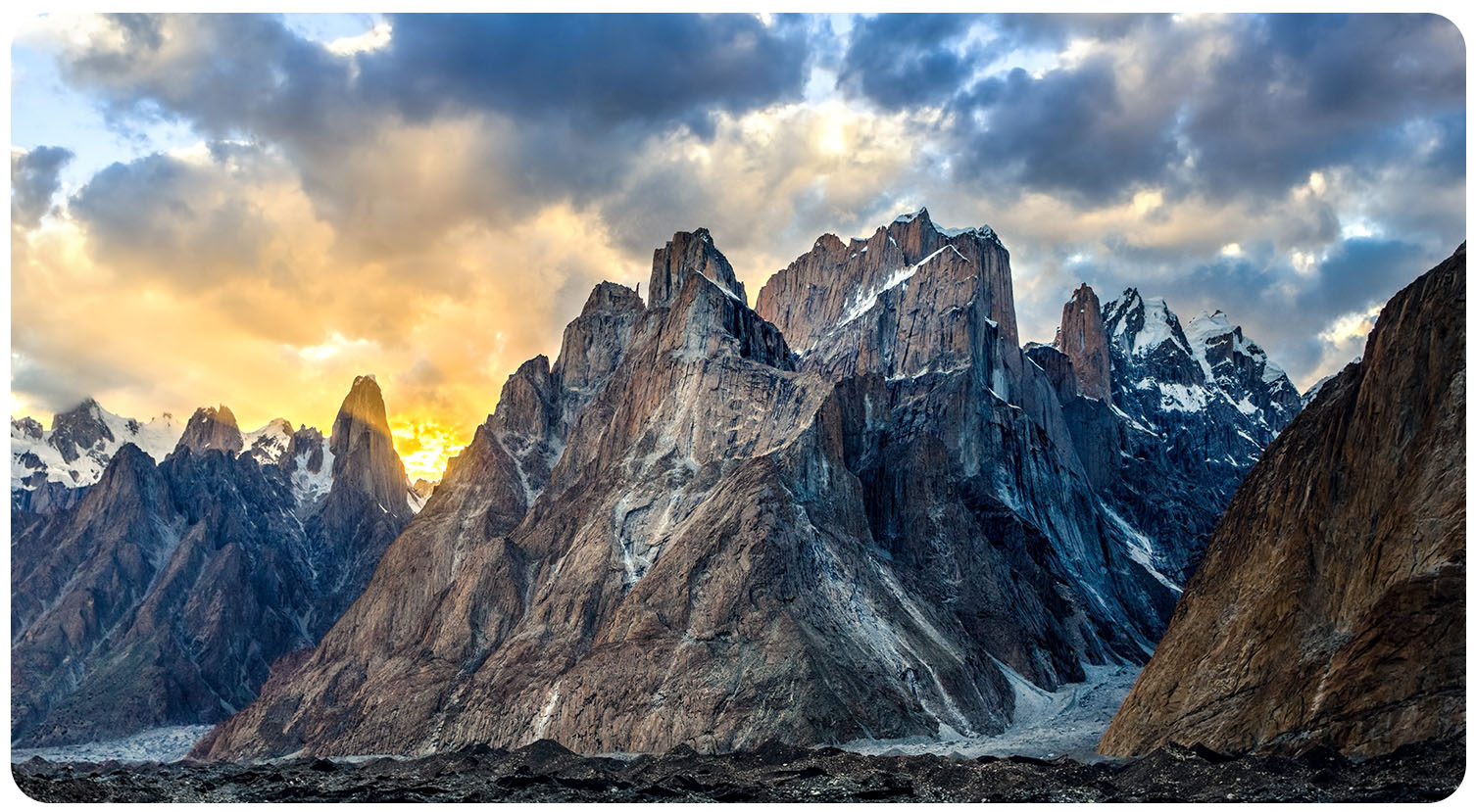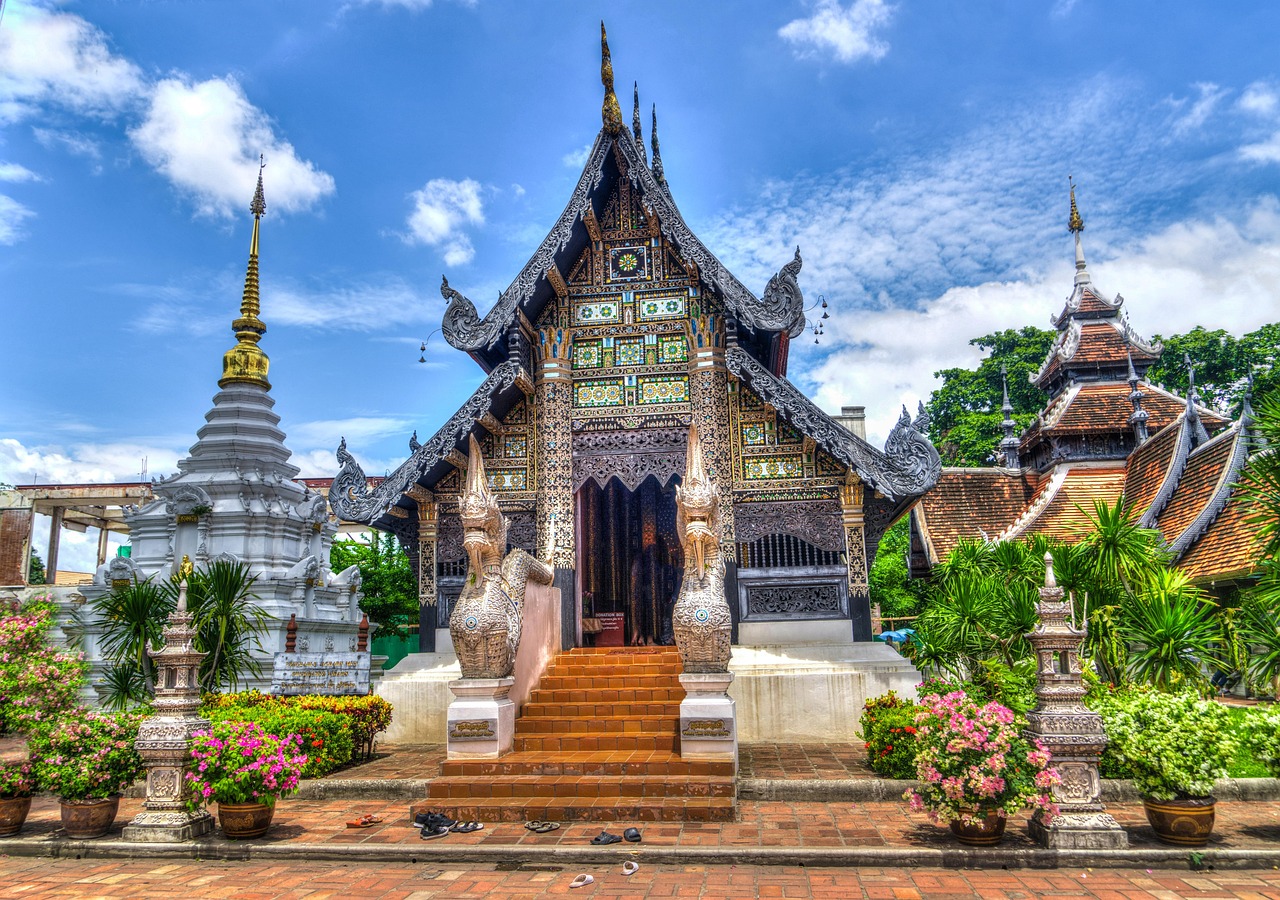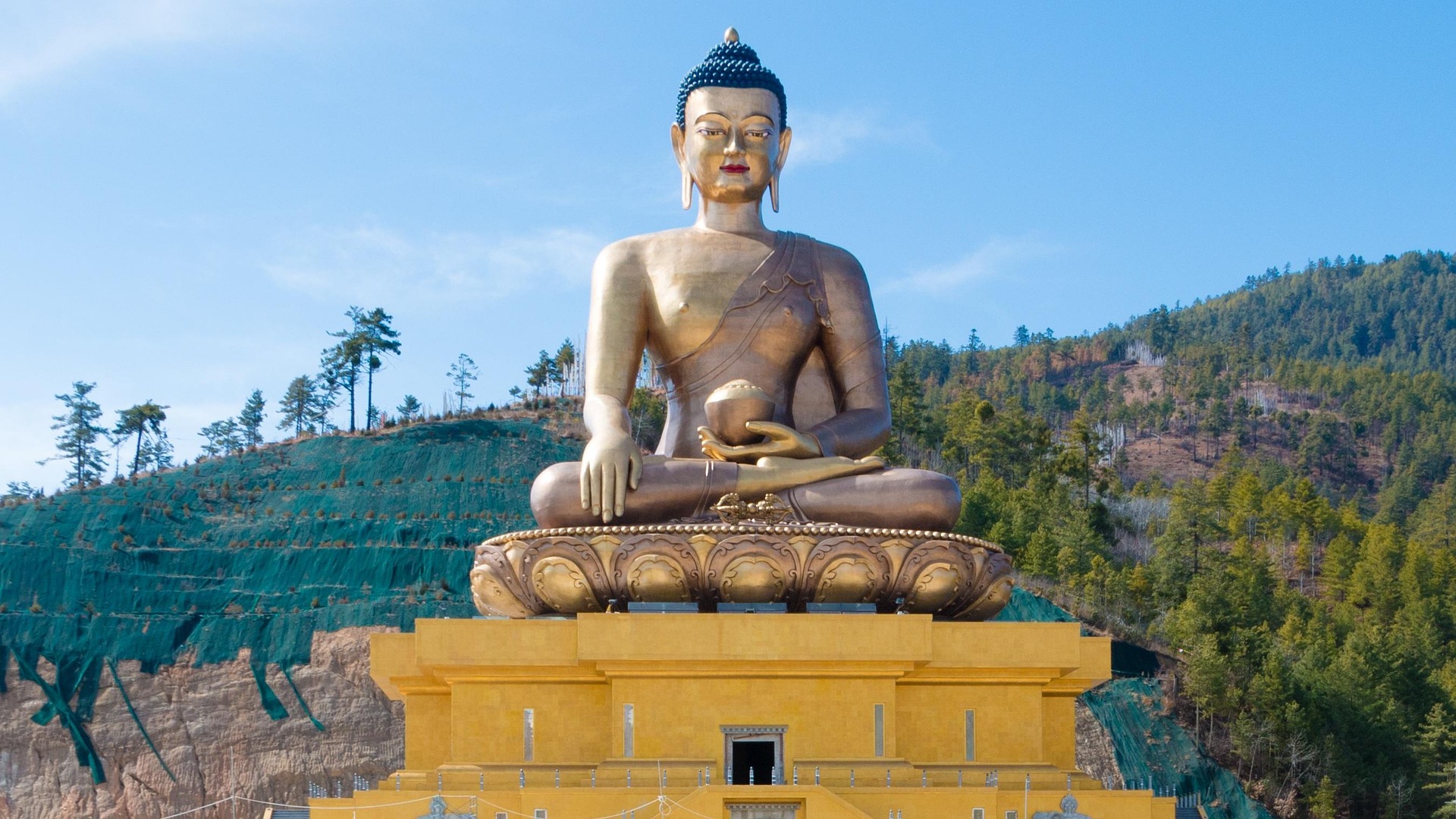

tales of travel
Stories, insights, recipes and more from all over Asia.
The Sustainable Fashion of the Black Hmong
A sunrise in Sapa is a sight to behold. The morning’s first traces of light pierce the darkness of overlapping hillsides and valleys. Long shadows cast by rice field terraces give way to lush greens and brilliant yellows. The canvas before your eyes is rapidly painted by strokes of the sun’s rays. And, before you know it, a completed masterpiece has unfolded.
Located approximately 215 miles from Hanoi, the small mountainous village of Sapa is tucked into the northwestern corner of Vietnam in Lao Cai Province. Perched high atop the Hoang Lien Son mountain range along the Chinese border, Sapa has long enjoyed an isolation which has helped to preserve the culture of various ethnic hill tribes that inhabit the region.
The Black Hmong people, one of five ethnic groups in Sapa (the others being Xa Pho, Giay, Tay and Dao), are believed to have immigrated from China nearly 300 years ago, making the region’s ethnicity distinctly different from the lowland areas throughout the rest of Vietnam. A unique aspect of Hmong culture is the relative equality between men and women. Not only do they hold considerable weight in decision making at family and tribal levels, you’ll find women actively participating in grueling farm work, harvesting, field maintenance, in addition to being adeptly skilled at traditional embroidery, which is an integral component of the Black Hmong cultural identity.

The Hmong are easy to spot among the rolling hills of Sapa. Attired in colorful indigo-dyed hemp cloth, blouses adorned with batik flowers, leg-wraps, aprons, long scarves and hair intertwined with multi-colored turbans, the ornate nature of traditional Hmong costume is such that you might assume villagers were dressed up to attract tourists. Travel deeper into the region, you’ll find the traditional attire to actually be worn by all – boys, girls, women and men alike.
While the Black Hmong are one of the few remaining ethnic groups in Vietnam to sustainably produce all of their own clothing, they are also exceptionally fashion-conscience and masters at producing stunning, individually-tailored outfits using nothing but traditional embroidery methods, weaving and hand-made metallic accoutrements. Families each display their eco-fashion prowess by embroidering their own family’s pattern, which have been passed down through generations, onto their traditional dress.
Style and clothing is so entrenched in Black Hmong culture that tribal girls are taught various traditional embroidery and sewing techniques as early as 5 years of age. The importance of this skill culminates in adulthood with a woman’s attire essentially being a résumé of sorts. The intricacy, detail, quality and fit of the outfit is representative of the woman’s talent, capability and creativity.

What specifically makes Black Hmong clothing eco-friendly and sustainable? Their clothing fiber is made from hemp, a plant that is grown throughout the region and is abundant on Black Hmong village grounds. After being cultivated, the fibrous hemp is dried and hand torn into long narrow strips. Eventually, the strips are combined into longer continuous thread strands and further hand processed before finally being boiled, bleached and rolled onto thread spools.
Using a loom, the thread is woven into sheets. These creamy-white blank sheets of cloth are then ready for painting. The Hmong use melted beeswax to paint the negative areas of their design (areas that will retain the natural white of the fabric.) This technique, known as Batik Painting, prevents dye from being soaked into portions of the fabric that were painted with the wax.
Once the Batik Painting is completed, the Hmong dye the fabric in a rich blue which is derived from locally harvested indigo leaves. Controlling the intensity of the blue is accomplished by repeated dye applications until the perfect shade is achieved. Finally, the nearly completed fabric will be further decorated with complex cross-stitch patterns before it’s ready for use to make clothing.

As tourism to Sapa has increased over the years, so has international recognition of Black Hmong fabrics, style and intricate designs. Embroidered tribal patterns have found their way into modern attire, giving exposure to this artisanal tradition to a brand new generation. Despite increasing exposure to the industrialized, outside-world, the Black Hmong still produce the vast majority of their own clothes using the very same sustainable methods that have been in practice
sign up for our
Newsletter
Stay current with all the latest being offered from ATJ, as
well as updates on Asia Destinations.






























